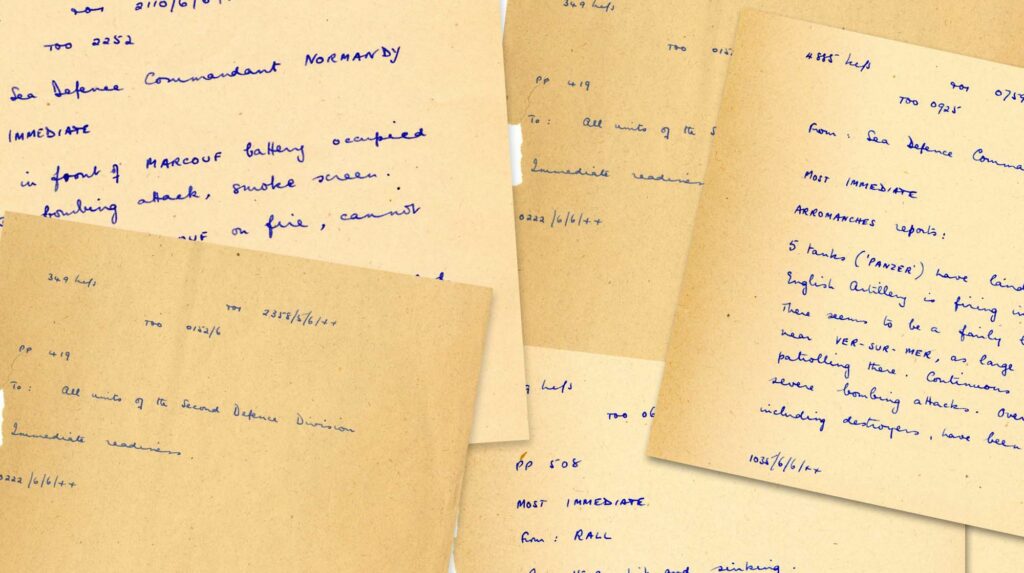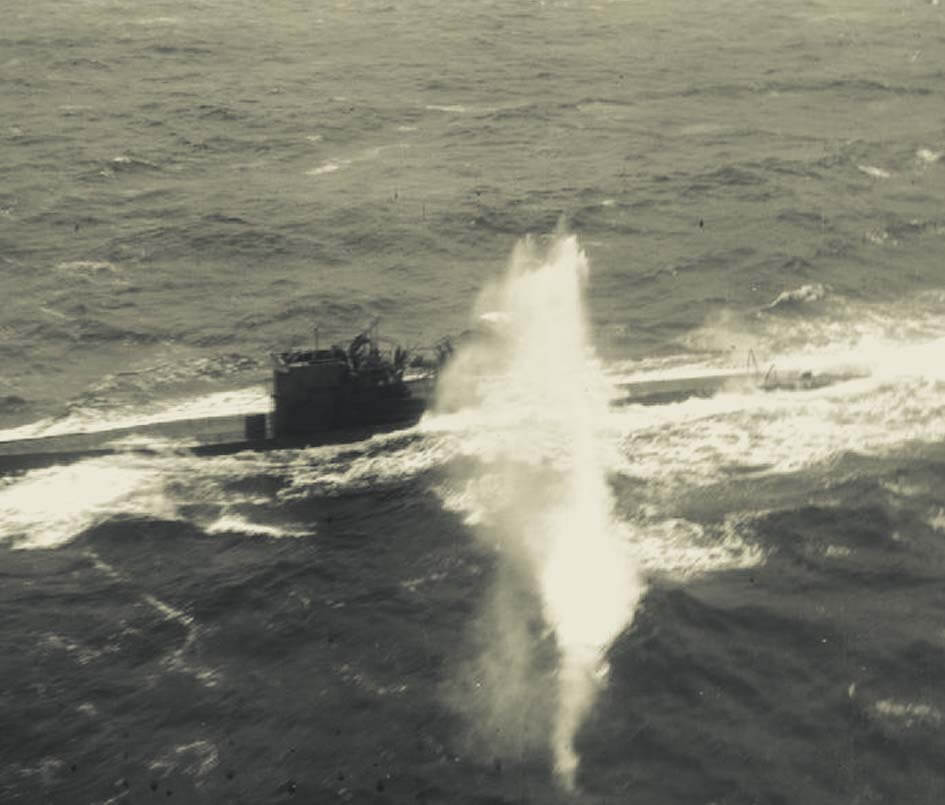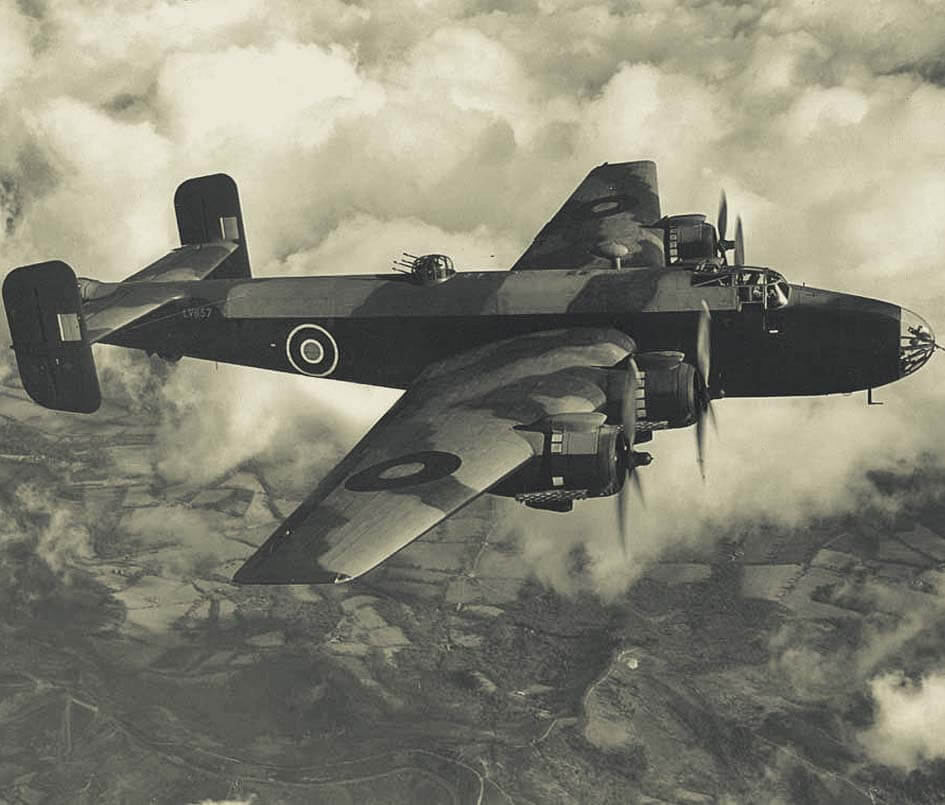XbTlngpeUZkpL3OVPHcyQke7oyhmbbEh2dLQmDRENXBFj6T5WvLRcuzPzWKsAcWVBDEcS0jROKaqEIRvQ6eVLokBBKFGAOBHKLmp9
r17vezEuQIn59wGRY8RXXXF0wQNAT9rvIbznZZ7D0jdv9AmVle46YAMlyYdD061s1n5MfZ5oYy7vWfA0SXrn0bXlSNy7j2zTHMkG6
b1zVTfB4dyxtCxPGlQZhcd0xFOWz8SOVP3F7upj2O7TAcYfkgoehYLNcSd4UvJAP7C2PjNL6ELILe0uBjITIOw2NpgWAii8Qcx2wT
hJSomSW0IUDA2qAUaoFeCZu0gDjOkhRUUgWCUnXN8PCDsQEofX9ZA6a5M3DCrWNFQyT0xRjnf7IdQ0dzTaqLbbujo2LtQZTWZxt3o
w1rX5Myfdv768YpwX7n2l61XZ5sAliWoJ7zNyNU7d4t1ELjVTupIAOmEbpVgAdEVSAuWxFwrF704aSvCWbrltrKjfgam5Kp7oSaqk
YUaIHw64TDN5JhBwIq4CBSWfd1cRunRGm61CQQEQW9HeTppCX5dslotVlXuxcA11oC6CKoFyejknvN8tpBa7ana86Bn42NTlgQXcs
NyICzGcpPdWpIUWQf21Hp8v88genJGVU3DPT8YGFwf15gK0MKO7OVLqvYrLjczW1bPVcDYyfVzXMziNlQkGuWdcQzTukJs1UL0OZ8
PGTlCnXBlYRg0eHKrWQ81KMMXd2TUYeLy254q3huohlqOfgEC4ANCKnTv4HVHiC7DT4Hbphenu72yL8KX6gLdGVmKSQJEux6m3k0T
8pxcZbqEF7tuA0L8vqqgm2fpLuSQIcbtM3QdUqJ0sJ3nhhEkYgOoD2EFJuuiwMfBgiNdAZY4UXc48MZW0DVNMOtGEC76HoWiDOgML
Aae22cLUVvMVb93gQd6deYnTdYO7ViEH8wjvCtU3RQpcIa9CchYBhZ4ztFdTVDUSre6s51nkA7SiiTzAcyLlljV2ixRGraRR5PHMf
2k2wSqhowKbij31mOh33Fe5M135CCWu6uGJUprciYHb5yYT34AMls0LU23grG5MdiQbuGiAmeDjnpHjuutQetX5QkHsFmLOMDFtpm
DdT2P8QjaAf9jO2MruSA4QPTcDJPuan7aKYdJtdnxHgiap3FzQDkRNPYByqNHpwi2pqqw1oXQYa0igzQMBWzbMWZOKM4wdZ3FVLnc
PqQuJbMoq0KUFnYSXjRI9po4AjNwfyctmAiCAWWLi8k6OIuT8QlBjgmveJ5UaPwahLj16kKdVcmwioBzq5734JObRwY7vNzPKbXN4
rcf3WaUoXWghvl68iPcXtqdQsZTG2r2Uddzi07iiamhKv69IQnh4WhAoNrCAYoNTf8b7e2dE3XVhmBeLgFzypjPgLsEkU9twwCGql
tCk9Rxos1Gl24XmXzUtMZIiG7XZz1w5EmHMk9nwblGxy97obbt1Y5ZCTtOLOXeiVlFZeIP1cr2KAmtiFVSDmtjhvMqWyYGoR1w9E4
ErRszvzeHqERiyi32flCMHA77R5QOJOR1X64sx9OQOAqPmeAkUz5kqGE1Bp9aHDgpnbM0apEMRy1zehVoCZJNI5vOeB8fXHTHS4bE
XWD0YHoW3os9zOQYfbJBUKUqewm9gpHFdsPj87VCGH6BKJ5ZR14DAIUFLEXN2TQPWTE3dhleuofWTg72UpgqrmiA4AOC99vxhHHZA
aEXV4lHyhW9ODsvGe6fXFbuHdG8ufHFbJhbsVkWAaypANoKIdCa8pt0RD2vImkpmJkm1JBmtUCGe1yyvL4LARWUP15RfpntUp07WU
xiT7VXtaiYFrPG5GexbusRd1Nn49moTieJ1ZFmEDCxg4KCRipggXTwnsSFgZwIdNet3wlZZwsLYhABwG3wuKclhNRtIzsMiCBcTPm
a0Fq0tVpjnQS4XkiNAfxXUGENHFQPtTf7qty5JddtV8Nqay85L17qt0TnF0bmEv8geK09ySCPRo2gE9otdWhHATUMiiYNHNtJLAiE
2CYGwv8gVkxsZV6dWGfrgx9j0vMK6CjGryozpAXrorB8lmT0goMALy1u2LaPomowv3iiS2IhWrmrieKSg5fmEcSOsNhLVrlrQAfEN
Kyywpg6qmdJKELUA4O6RDaXyusnddrIkh4hv1JXbTT9mK20iYccA8FRt7yWX2KJrBASBK86VMRVUW88bKKSyIDkzvuv9rl3LptGke
rylWHrZ7wYUNqLOW8UtcvAjS2dkX0O9eZvXTRM5ONe4hlfycON60vIxOjULUHqKSDW75j8C0W4y9ffOBgIkC5tebAYTDLbqNGp1pz
qPRPYg6em7DpDkHPIxfEQJSfoKjX7HtKnXIb7zuDMOJHjw6oyWCGrmOxaTvaHxorcY4PyqYcbB3QN5MjQoWlRsMDN5CI3dcfCrWcE
FTAEjzVEwiMOaRiiPquXeqSwjQ3vy5WHmMuP0dRr0QZKU4AR0yDE3je1IK54HmYnigNIMsCyUAl8xlQ8LtTQpMkUAje8kygEFAKwi
Xxc5nek4eYafP0zGkbmCzTsVuD3VHdArFjrJLNYVKgnfLW2ckZwGiaoy4S6NhWw33wRVgnmgEiiKFtiefCS4AImriUme6PbUiDjFm
XboxngpeUZkpL3OVPHcyQke7oyhmbbEh2dLQmDRENXBFj6T5WvLRcuzPzWKscWVBDEcS0jROKaqEIRvQ6eVLAokBBKFGAOBHKLmp9
ErPIisLYgRJ8IR2u7QOMxGNi6k6hs9tOWth3OM6TC0rOTQfvpz6IIzVTXBEQomQl1kWVcPwTqv2gdmTa6dC9x2PaS4qmqS5txyXer
SnYSsxGG6oebPBiGg5X0tMEsypWRYNu7bxfBvixZfRpFCBKnHSwtYb0vecLKHnvCC1OJsUOy5Skrf5XDzVYMdcCMxBhOxsv3iB5jR
XWD0YHoW3os9zOQYfbJBUKUqewm9gpHFdsPjibNYXDtFnO59Mur84fTkoy0IiYCdTE3dhleuofWTg72UpgqrmiAL4AOC99vxhHHZA
QOlal5GQaui90qp0Xm63jXnKGXbnDaeVuWh6SeNbh6Z52AL8wRmNrLKV9hlUYrPNK8QEmYDUciLoTkill6CPCbvtE5zdlRo1iQPS9
r17vezEuQIn59wGRY8RXXXF0wQNAT9rvIbznZZ7D0jdv9AmVle46YAMlyYdD01s1n5MfZ5oYy7vWfA0SXrn0bXlSNAy7j2zTHMkG6
1zVTfB4dyxtCxPGlQZhcd0xFOWz8SOVP3F7upj2O7TAcYfkgoehYLNcSd4UvJP7C2PjNL6ELILe0uBjITIOw2NpgWAWii8Qcx2wTA
D-Day Decrypts – Glossary of Terms
The Bletchley Park Trust holds a unique collection of almost 250 German naval Enigma messages from the time of the Normandy landings launched on D-Day, 6 June 1944.
Below is a glossary of terms used in these messages.
11th U/B Flotilla
11th U-boat Flotilla. Based in Bergen, Norway.
1261
1261 Heeres Küsten Artillerie-Regiment (army coastal artillery regiment) controlled 10 batteries on the Normandy coast. Batteries were numbered 1/1261, 2/1261, etc.
2nd Defence Division
- Sicherungsdivision. Commanded harbour defence forces such as minesweepers and patrol boats on the Channel coast.
319th Infantry Division
German infantry division garrisoning the Channel Islands
3rd Defence Division
- Sicherungsdivision. Commanded harbour defence forces such as minesweepers and patrol boats on the Atlantic coast of France.
4th Defence Division
- Sicherungsdivision. Commanded harbour defence forces such as minesweepers and patrol boats on the Atlantic coast of France.
A/C
Aircraft
A/S
Anti-Ship
Admiral CHANNEL
Admiral Kanalküste (Admiral Channel Coast), Vizeadmiral Friedrich Rieve. Responsible for the ‘Seekos’ of Normandy, Seine-Somme, Pas de Calais and the Channel Islands. Headquartered in Rouen.
Admiral SKAGERRAK
Admiral responsible for strait between Denmark, Norway and Sweden.
A-Flotilla/A-Boats
Artillerieträger – coasters or barges carrying heavy artillery or anti-air weaponry. 6th Artillerieträger-Flotille was based partially at Isigny in Normandy.
ALDERNEY
Channel island
ARROMANCHES
Coastal town in centre of invasion area. Captured by 1st Hampshires from Gold Beach on the evening of D-Day. Later site of the Mulberry harbour named ‘Port Winston’.
ASNELLES
Village, part of Gold Beach
AUTHIE
Village near Caen.
AZEVILLE (ASERVILLE)
Village near Utah Beach; site of German coastal battery.
BARFLEUR
Port in NW corner of Cotentin
Battleship
Heavy warship
BAYEUX
Town inland from Gold and Juno beaches.
BÉNOUVILLE (BENOUVILLE)
Village on Caen canal; location of the only crossing of the Orne between Caen and the sea, the famous Pegasus Bridge captured by the Ox. and Bucks. Light Infantry on D-Day.
BERCK-SUR-MER (BERK-SUR-MER)
Port on Channel coast south of Boulogne.
BLAINVILLE
Village on Caen canal NE of Caen.
BLITZ-SPERREN
Naval minefield to be laid as the situation demanded.
BORCHERS
Kapitänleutnant Rolf Borchers.Commanded U-276 on D-Day. At that time was at Stavanger, Norway.
BORDEAUX
Port city in western France
BOSTON
British medium bomber aircraft.
BOULOGNE
Port city in northern France
BREST
Port city in Brittany
BRÉVILLE-SUR-MER (BREVILLE)
Port in western Normandy
CABOURG
Norman port just east of the invasion area in Seine bay.
CAEN
Main city in Normandy. D-Day objective, but ultimately not captured until 21 July. Bombed on D-Day, killing several thousand civilians.
CAP DE LA HAGUE
Cape at NW of Cotentin
CAP LÉVI (CAP LEVI)
Cape at NE of Cotentin
CARENTAN
Town 5 miles inland between Utah and Omaha beaches, which controlled road links between the two.
CHERBOURG
City at north end of Cotentin. Captured by American forces on 29 June.
COLLEVILLE
Village behind Omaha Beach.
COTENTIN PENINSULA
Region in NW Normandy. Utah Beach was located in the SE.
COUTANCES
Town in western Normandy.
Cruiser
Medium warship
DEAUVILLE
Norman port east of the invasion area in Seine bay.
Destroyer
Light warship
DIEPPE
Port in northern France; site of Dieppe raid in August 1942.
DIVES
River to east of invasion area.
ÉMONDEVILLE (EMOUDVILLE)
Village in Cotentin
FOIC Western Defences
Konteradmiral Erich Alfred Breuning. Befehlshaber der Sicherung West (Flag Officer in Charge Western Sea Defences). Headquartered in Paris.
FORTRESS
B-17. American heavy bomber.
FRESVILLE
Village in Cotentin
FUM/FUMO/FUMG/FUMB
German naval radar systems
G.A.F.
German Air Force
GATTEVILLE
Village at NE tip of Cotentin
GBT
Gunboat
GES
Naval mine system
GRANDCAMP
Village west of Omaha Beach
GRANVILLE
Port in western Normandy
Gruppe WEST
Admiral Theodor Krancke commanded Marinegruppenkommando West (Navy Group Command West), responsible for all German naval forces in France, headquartered in Paris.
GUERNSEY
Channel island
HEERESGRUPPE B
Army Group B. Responsible for German troops in northern France. Commanded by Field Marshal Erwin Rommel.
HOFFMANN
Korvettenkapitän Heinrich Hoffmann. Commanded 5th Torpedoboot Flotille based in Le Havre, which attacked ‘S Force’ – part of the Eastern Task Force of the Allied fleet of the Allied fleet – around 05.40 and sank the Norwegian destroyer HNoMS Svenner. Hoffmann continued to lead attacks on the Allied fleet over the following days.
ISIGNY-SUR-MER
Town between Utah and Omaha beaches.
ISLE OF WIGHT
Island of south coast of England.
IXth FLIEGERKORPS
Corps of the German Air Force fielding long-range bombers based in Coulommiers in northern France.
KARL
German naval officer, probably in 6. Artillerieträger-Flotille and based in St. Vaast.
Karl Galster
German destroyer.
KMA
Naval mine system
LA MADELEINE
Norman village close to UTAH Beach
LA PERNELLE
Village in NE Cotentin
LA ROCHELLE
Port city in western France
LE HAVRE
Port city on Seine bay, to east of invasion area
LE PORT BREHAY
Village in Cotentin
LES CASQUETS
Fortified island off Alderney
LEUCHTFÄCHER
Literally ‘light fans’ – an illuminating flare.
LIBERATOR
B-24. American heavy bomber.
LIGHTNING
P-38. American heavy fighter aircraft
LONGUES-SUR-MER
Village in centre of invasion area; site of German coastal battery
M/S
Minesweeper or Minensuchboote
MANNEVILLE
Village in the Cotentin
MARCOUF
The Marcouf battery, commanded Kapitän Sur Zee Walter Ohmsen. Also known as the Crisbecq battery. On D-Day its garrison was around 400 men, and its main armament was three 210mm guns.The battery came under sustained bombardment in the days before and during the landings, losing two of its three guns on D-Day. Ohmsen was recommended for the Iron Cross by Hennecke on the evening of D-Day. His men repelled American attacks on 7th and 8th June, during which Ohmsen was wounded in the hand, and broke out to the German lines on 11th. On 29th Ohmsen was captured when the garrison of Cherbourg surrendered.
MARCOUF ISLAND(S)
Fortified islands off the Normandy coast near Utah Beach. The first French territory to be liberated from the sea. Captured early on D-Day by 132 troops of US 4th Cavalry; although unopposed, 19 casualties were lost to mines.
M-Boats
Minensuchboote – mine-sweepers. Larger than R-boats.
MONTEBOURG
Town in Cotentin.
MORSALINES
Village in NE Cotentin. The lighthouse here was demolished late on D-Day as it was feared Allied ships were using it as an aiming point.
MOSQUITO
British fighter-bomber aircraft
NAU
Kapitänleutnant Herbert Nau, commanding 10. Räumbootsflotille based in Ouistreham.
NAU
Mine-laying ship
NOIC
Naval Officer In Command
ORNE
River in eastern Normandy. Along with the Caen Canal it formed the left flank of the beachhead.
OSTEND
Belgian port
OUISTREHAM
Port north of Caen at the mouth of the Orne. Site of Sword Beach.
PALMGREN
Fregattenkapitän Palmgren. Commanded 38. Minensuchflotille.
PAS DE CALAIS
Part of NE France closest to England. Hitler and most of his generals believed this would be the site of Allied landings, as it was heavily fortified as a result.
PERCEE
Pointe et Raz de la Percée. Headland just west of Omaha Beach; site of German naval radar installation.
PONT DU HOE
Pointe du Hoc. Headland west of Omaha Beach and site of German battery. Famously captured on D-Day by US Army Rangers who scaled the cliffs with ropes and ladders, only to find the guns they were tasked with destroying had been moved. The Germans counterattacked heavily and the Rangers were only relieved on the morning of 8th June.
PORT EN BESSIN
Port between Omaha and Gold beaches. Liberated on 8th June by 47 Royal Marine Commando.
PORTLAND BILL
Promontory on south coast of England.
QUINEVILLE
Village in the Cotentin north of Utah Beach.
RALL
Korvettenkapitän Viktor Rall. Commanded 15th Vorpostenflotille, which consisted mostly of adapted whalers used for harbour defence work and patrolling. His D-Day messages describe engaging ‘S Force’ – part of the Eastern Task Force of the Allied fleet – and the loss of V-1509, either to a shell from HMS Warspite or a mine.
RAVENOVILLE
Village in the Cotentin NW of Utah Beach.
R-Boats
Räumboote. Small vessels equivalent to British ‘motor launches’, used for minesweeping, minelaying, patrolling, convoy escort and air-see rescue.
ROYAN
Port in western France.
SAINTE-MÈRE-ÉGLISE (ST. MERE EGLISE)
Town in Cotentin peninsula centred on the US Airborne landing zones. Secured on morning of D-Day and defended from counterattacks until 7th June when troops from Utah Beach arrived.
SCHAD
Kapitänleutnant Friedrich Schad. Commanded 6. Artillerieträgerflotille
SCHUNK
Oberleutnant zur See
Hans-Norbert Schunck.
Commanded U-348 on D-Day. At that time was on patrol from Bergen, Norway
Seeko BRITTANY
Kommandant der Seeverteidigung (Sea Defence Commander). Admiral responsible for coastal defence of Brittany.
Seeko CHANNEL ISLANDS
Kommandant der Seeverteidigung (Sea Defence Commander). Admiral responsible for coastal defence of the Channel Islands.
Seeko NORMANDY
Konteradmiral Walter Hennecke. Kommandant der Seeverteidigung (Sea Defence Commander) Normandy on D-Day. Responsible for naval defences between Brittany and the river Seine. Headquartered in Cherbourg, where he was taken prisoner on 29th June.
Seeko SEINE-SOMME
Kommandant der Seeverteidigung (Sea Defence Commander). Admiral responsible for coastal defence of the Seine-Somme region.
SEINE
River in northern France running through Paris and reaching the sea at Le Havre. The Normandy landings took place in the bay of the Seine.
S-Flotilla/S-Boats
Schnellboote – torpedo boats known by the British as ‘E-Boats’.
S.O.
Senior Officer
SOMMER
German naval commander.
ST. LO
City in Normandy. Site of heavy fighting in June-July 1944 which left some 95% of the city in ruins.
ST. MALO
Port in Brittany.
ST. MARCOUF
Village in the Cotentin; site of German gun battery commanded by Walter Ohmsen.
ST. MARTIN DE VARREVILLE
Village in the Cotentin close to Utah Beach.
ST. PIERRE EGLISE
Village in northern Cotentin.
ST. VAAST
Port in NE Cotentin.
ST-VALERY-EN-CAUX
Port in northern France.
T/P
Teleprinter
THEVILLE
Village in northern Cotentin. Site of airfield.
THUNDERBOLT
American fighter-bomber aircraft.
TODT organisation
German paramilitary organisation involved in building coastal fortifications.
TOI
Time of Intercept – time given in GMT and starting at 00.58 (GMT+1/British Summer Time), the times the messages would have originally been intercepted at Bletchley Park on 6 June 1944.
TRONDHEIM
Port city in Norway.
TROUVILLE
Port east of invasion area.
TURQUEVILLE
Village in the Cotentin between St-Mère-Église and Utah Beach.
TYPHOON
British fighter-bomber aircraft.
VER-SUR-MER
Village just inland of Gold Beach.
VIERVILLE
Village just inland of Omaha Beach.
VIRE
River in western Normandy which met the sea between Utah and Omaha beaches.
WINTER
German naval commander.
WN
Widerstandsnest (‘resistance nest’). Coastal fortress with gun emplacements, trenches, bunkers etc providing all-round defence.
WOLDMANN
German naval commander.
W/T
Wireless telegraphy
ZEEBRUGGE
Belgian port city.
Z-Flotilla
Zerstörer (destroyer) flotilla. 8th Z-Flotilla was based in western France. On D-Day the flotilla was ordered to proceed to Brest to prepare for operations against the Allied fleet. On the night of 8/9 June two ships were lost in the Battle of Ushant.


